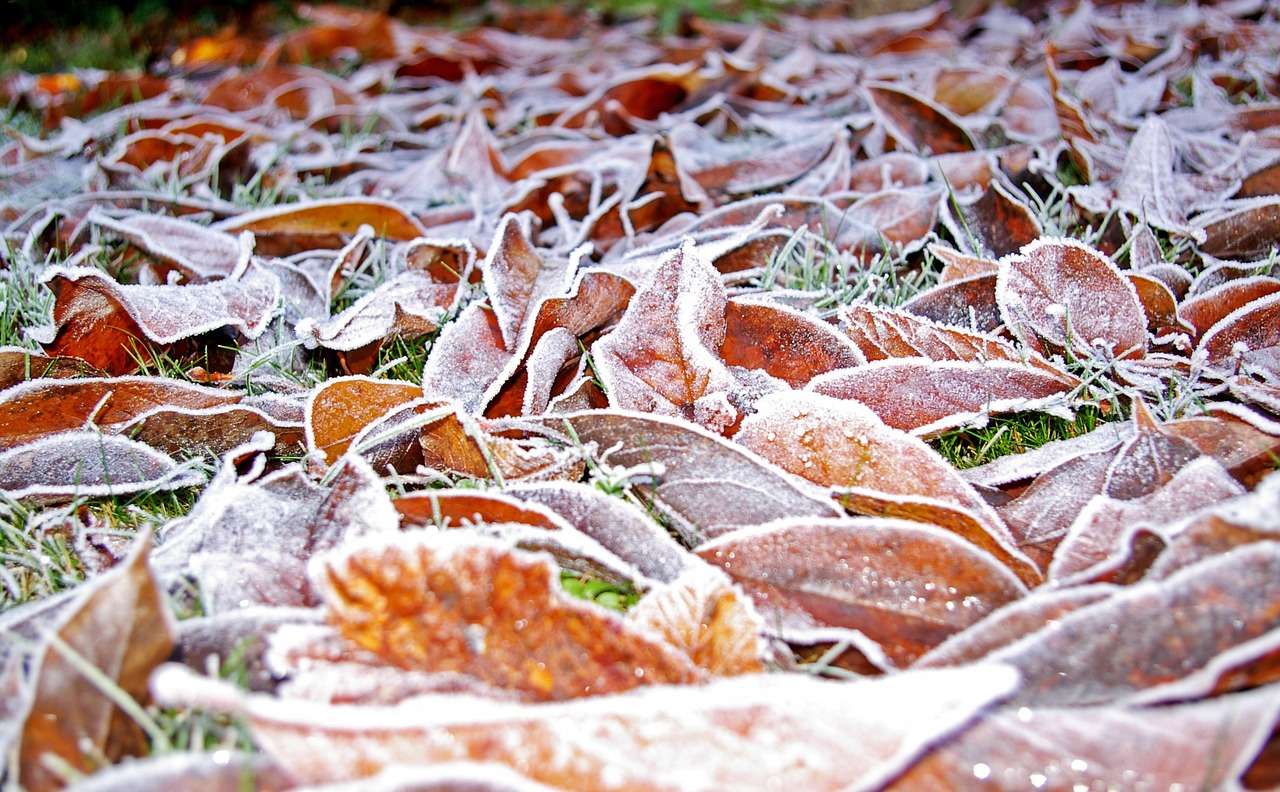Although it has been a rather mild winter so far here in Camas, Washougal, and Vancouver, Washington, it has only just begun. Cold and stormy weather is fast approaching. Since the weather is still holding out, now is a great time to catch up on some winter lawn care chores, so here we will discuss the top 3 vital winter lawn care tasks.
Clearing Out Debris
Perhaps the most critical (and demanding!) step when it comes to ensuring a healthy lawn is keeping it clear of debris, especially leaves. Debris that is left to lie on your lawn will quickly suffocate grass blades. Think of leaves and other debris lying on your lawn as a sort of mulch; it serves the same purpose. When mulch is used properly in our garden and flowerbeds, it blocks sunlight and air from reaching plants that would otherwise grow there (most of the time, mulch is used to prevent weeds or other undesirable plants from growing in locations we do not want them to grow). Leaves left on your lawn block light and air from reaching your grass blades, which can quickly kill your lawn. That is why it is advisable to remove leaves from these areas. If you’re worried about affecting the ecosystem of your yard, spread the leaves that have been removed from your lawn onto flower or garden beds, which will protect the life of any beneficial insects that depend on leaves for shelter, and, simultaneously, protect your beds as well.
WEEDS!
Colder weather, generally speaking, slows the growth of most plants. I’m sure you’ve noticed a slowing in growth of your lawn during the cold months of winter; this doesn’t mean you shouldn’t mow during this time; it simply means that mowing will be required less often. Similarly, the growth of weeds during this time of year slows as well. This slowing of growth gives us ample time to catch up on clearing out our flower beds. Perhaps we’ve neglected these areas during other times of the year because either we were too busy, or the work felt never-ending, or we simply wanted to be doing something more enjoyable than removing weeds. Winter is the perfect time to catch up on this task. Weeds you remove in winter will have a hard time growing back right away. Furthermore, removing those weeds now will help to ensure that far fewer weeds germinate and, therefore, become established during the growing season of spring and early summer.
Trimming and Pruning
As mentioned above in our short discussion of weeds, the growth of plants during the colder months slows dramatically. This also means the growth of shrubs, bushes, and trees slows as well. Oftentimes, we refer to this state as dormancy. This period is the best time to trim and prune your trees, shrubs, and bushes. When we talk about trimming, we are referring to removing the overgrown portions of a plant; oftentimes, when we shape our plants to a more desirable shape, we are trimming that plant. In other words, if we want a shrub to be shorter because we consider it to be too tall, then we are trimming it to change it’s appearance. Similarly, though distinctively different, when we prune a plant, we are removing the dead, dying, or diseased portions of that plant. For example, if there is a broken branch (dying) on our tree, we prune that portion of the tree to remove the dying branch. Since, in winter, most trees, shrubs, and bushes are either completely dormant or are growing far slower than other months, trimming and pruning these plants during the colder season will not adversely affect them (i.e. it won’t shock the plant as it would if we were to trim or prune it during it’s growing season).
There are even more tasks that could (and should) be completed during the winter months. However, if you can keep debris off your lawn, remove weeds, and trim and prune during the winter months, your entire landscape will be far happier and healthier once the growing season returns. If you’d like some assistance with these or any lawn care tasks, please don’t hesitate to contact us today, or fill out our FREE estimate request form now.

